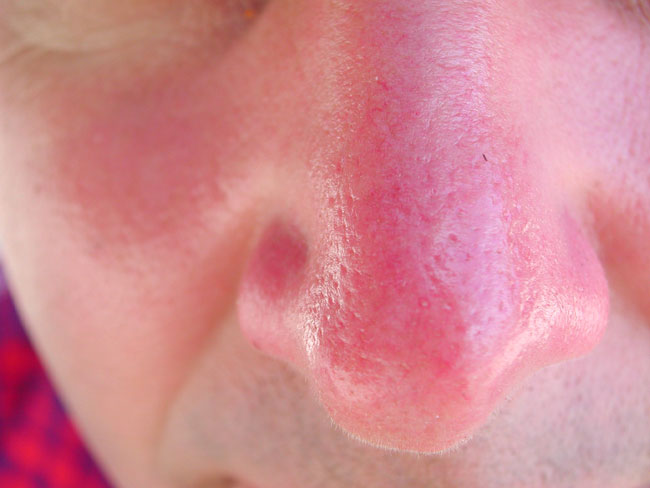Tanorexia: The Insidious Lure of Tanning Beds

While at the gym yesterday, I overheard a young woman — probably in her late teens — explaining to her friend in great detail when and why she would next go to the tanning salon. Never mind that this is Arizona and it was about 80 degrees and sunny. A party was coming up, and it was planned for the evening, and for some reason that had something to do with why she didn't want to look all pasty white. A spray-on tan would not do. She simply had to have the real thing. Well, the real tanning bed thing.
I wanted to point out to her that the ultraviolet light used in tanning beds (as with the sun's rays) has been shown to raise the risk of skin cancer, which can be deadly, and that if she keeps it up, then by her mid-20s she's sure to be wrinkled beyond her years. "Frankly," I should have said, "your desire to look good is going to make you look awful, and it could kill you."
But I kept my mouth shut. I have a "no-talking unless I run into someone I know but let's hope I don't" rule at the gym.
Then this morning I read about a 19-year-old UK woman who says she got hooked on tanning beds and is now so fried she's on medication to treat a skin rash and has been told by doctors to never sunbathe again. "Everyone said how great I looked," she said in the Daily Mail. "People kept asking if I'd been on holiday."
Tanorexia, its now being called. It's not a new term — David Sedaris used it in his 2000 memoir, "Me Talk Pretty One Day" — but its use is growing.
Nearly 30 million people tan indoors every year in the United States, according to the Skin Cancer Foundation, and 2.3 million of them are teens. People get addicted to tanning beds, one small study suggested. The UV light is thought to affect moods, and to stop going can bring on withdrawal symptoms.
Tanning beds are a $5 billion-a-year industry in the United States, according to the Skin Cancer Foundation (that's up from an estimate of $2 billion in 2006). The tanning salon industry has in the past claimed the UV light is harmless and even healthy. One claim from proponents is that tanning prevents sunburn, thereby reducing the chance of skin cancer.
Get the world’s most fascinating discoveries delivered straight to your inbox.
But UV tanning, from the sun or in a bed, damages genetic information in cells and is linked to the development of skin cancer, researchers at Wake Forest University found. The Skin Cancer Foundation agrees. The darkening of skin is a direct result of damaged cells. According to the foundation: "Exposure to tanning beds before age 35 increases melanoma risk by 75 percent."
So, maybe if I just get tanned for a party now and then? Not a safe plan. "Occasional use of tanning beds almost triples the chances of developing melanoma," the foundation states.
All of which makes me wish I'd broken my no-talking rule at the gym.
Robert Roy Britt is the Editorial Director of Imaginova. In this column, The Water Cooler, he looks at what people are talking about in the world of science and beyond.
Robert is an independent health and science journalist and writer based in Phoenix, Arizona. He is a former editor-in-chief of Live Science with over 20 years of experience as a reporter and editor. He has worked on websites such as Space.com and Tom's Guide, and is a contributor on Medium, covering how we age and how to optimize the mind and body through time. He has a journalism degree from Humboldt State University in California.



